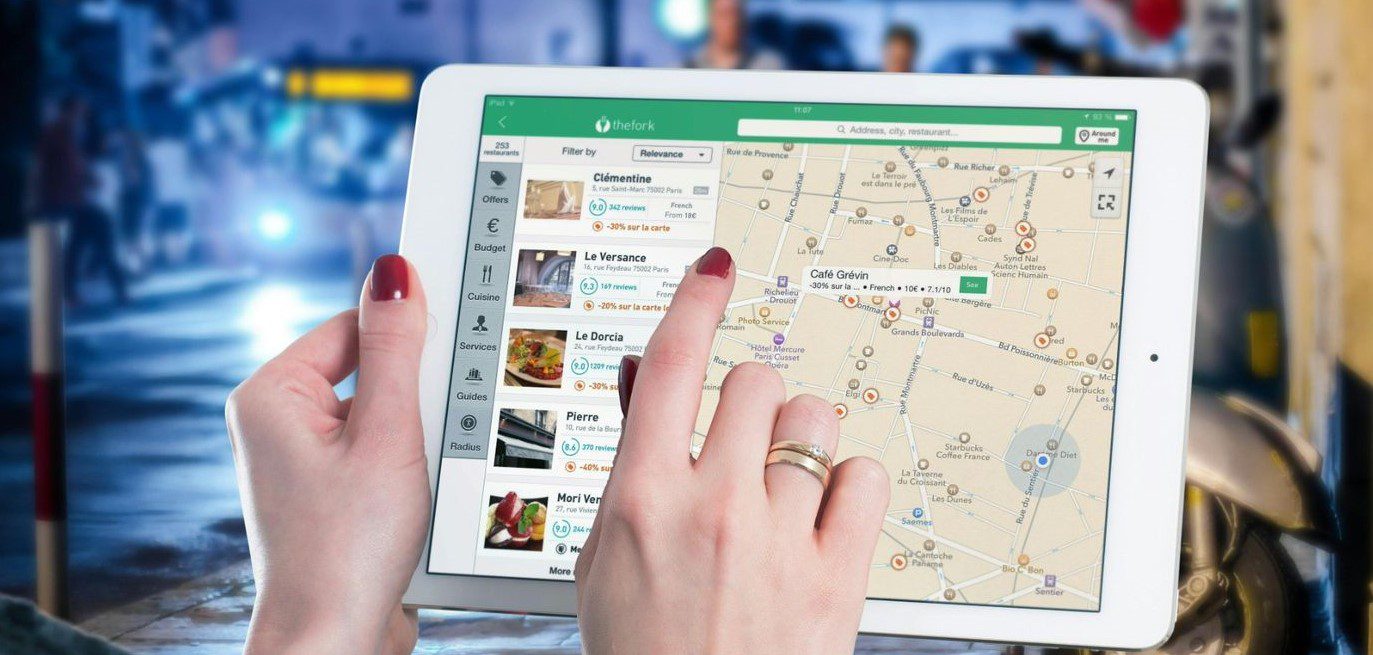In today’s fast-paced digital landscape, staying ahead in marketing requires innovation, precision, and personalization. Among the many tools available to marketers, geofencing ads have emerged as a game-changer. By leveraging location-based technology, geofencing ads allow marketers to deliver targeted and timely messages to consumers in specific geographical areas. This strategy not only improves engagement but also drives conversions by reaching the right audience at the right time.
In this blog, we’ll explore the top five reasons why marketers are increasingly using geofencing ads, the unique benefits they offer, and best practices for implementing them effectively.
What Are Geofencing Ads?
Geofencing ads are a type of location-based advertising that uses GPS, Wi-Fi, RFID, or cellular data to create virtual boundaries—called geofences—around specific areas. When a consumer with a mobile device enters or exits this geofenced area, it triggers an event such as a push notification, an SMS, or an in-app message.
For example, a coffee shop could set up a geofence around a shopping mall. When customers enter the mall, they might receive a notification offering a discount on their next coffee order. This precise targeting makes geofencing ads highly effective for businesses looking to connect with consumers in real time.

Five Reasons Why Marketers Use Geofencing Ads
1. Hyper-Targeted Marketing
One of the most compelling reasons to use geofencing ads is their ability to deliver hyper-targeted marketing messages. By focusing on a specific location, marketers can:
Reach consumers who are most likely to engage with their brand.
Deliver personalized messages that resonate with the local audience.
Reduce wasted ad spend by targeting only those in proximity to their business.
Example: A clothing retailer can geofence a shopping district and send notifications about a flash sale to shoppers in the area, increasing foot traffic and sales.
2. Enhanced Consumer Engagement
Geofencing ads capitalize on real-time interaction, making them more engaging than traditional advertising methods. By delivering timely and relevant messages, businesses can:
Capture the consumer’s attention at the moment of decision-making.
Foster a sense of immediacy, encouraging quick action.
Build stronger connections with their audience.
Why It Works: Consumers are more likely to respond to ads that are contextually relevant. For example, a restaurant can target consumers walking nearby during lunchtime with a discount offer, making the ad both timely and actionable.
3. Cost-Effective Advertising
Unlike traditional advertising channels, geofencing ads are highly cost-effective. By narrowing the target audience to a specific location, businesses can:
Optimize their ad spend by focusing on high-intent consumers.
Avoid the inefficiencies of broad, untargeted campaigns.
Measure the performance of their ads more effectively, enabling better ROI.
Example: A local gym can geofence nearby parks or fitness centers to target health-conscious individuals, ensuring their ad budget is spent on an audience likely to convert.
4. Data-Driven Insights
Geofencing ads provide valuable data that can help marketers refine their strategies. By analyzing consumer behavior within geofenced areas, businesses can:
Understand foot traffic patterns and customer preferences.
Identify high-performing locations for future campaigns.
Measure engagement metrics such as click-through rates and conversions.
Why It Matters: These insights allow marketers to make data-driven decisions, ensuring their campaigns are both effective and efficient.
5. Versatility Across Industries
Geofencing ads are not limited to any one sector—they can be applied across a wide range of industries, including retail, healthcare, hospitality, and entertainment. This versatility makes them a go-to strategy for businesses looking to drive engagement and conversions.
Examples:
Retail: A shoe store geofences a mall to attract nearby shoppers with exclusive deals.
Healthcare: A pharmacy uses geofencing to target customers near a hospital, promoting flu shots.
Hospitality: A hotel geofences an airport to offer travelers last-minute room discounts.

Best Practices for Implementing Geofencing Ads
While geofencing ads are powerful, their success depends on proper implementation. Here are some best practices to keep in mind:
1. Define Clear Objectives
Before setting up a geofencing campaign, identify what you want to achieve. Whether it’s increasing foot traffic, boosting sales, or enhancing brand awareness, clear objectives will guide your strategy.
2. Choose the Right Locations
The success of geofencing ads hinges on selecting high-traffic, relevant locations. Focus on areas where your target audience is likely to be, such as shopping malls, event venues, or competitor locations.
3. Personalize Your Messaging
Make your ads as relevant as possible by tailoring them to the audience’s location, time of day, and preferences. Personalized messages are more likely to capture attention and drive action.
4. Monitor and Optimize
Use analytics to track the performance of your geofencing ads. Monitor metrics such as impressions, click-through rates, and conversions to identify what’s working and make adjustments as needed.
Challenges and How to Overcome Them
Despite their benefits, geofencing ads come with challenges that marketers must address:
1. Privacy Concerns
Consumers are increasingly wary of how their data is used. Ensure transparency by clearly explaining how location data will be collected and used, and always obtain explicit consent.
2. Over-Targeting
Bombarding consumers with too many notifications can lead to annoyance and ad fatigue. Use frequency caps to limit the number of messages sent within a given time frame.
3. Technical Limitations
Geofencing relies on accurate location data, which can sometimes be unreliable. Invest in high-quality geofencing software to minimize errors and ensure a seamless experience.






